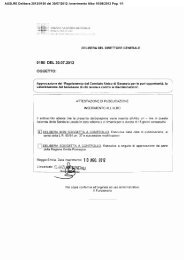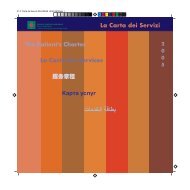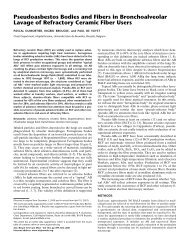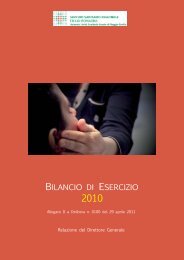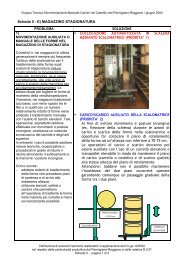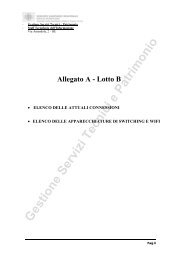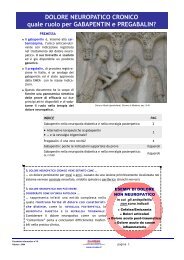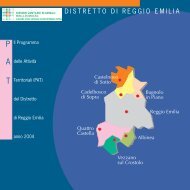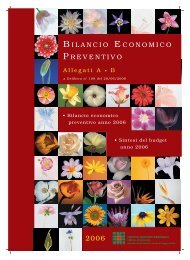Methods for the determination of the hazardous properties - TSAR
Methods for the determination of the hazardous properties - TSAR
Methods for the determination of the hazardous properties - TSAR
You also want an ePaper? Increase the reach of your titles
YUMPU automatically turns print PDFs into web optimized ePapers that Google loves.
ECB/TM/27 rev.7<br />
2.4.4 Summary Tables<br />
In addition a summary table showing <strong>the</strong> following data <strong>for</strong> each sacrifice time point should be provided:<br />
Fibre type; study group; sacrifice time point (days); Mean total number particles/lung; Mean number and<br />
percent remaining <strong>of</strong> WHO fibres/lung; Mean number and percent remaining <strong>of</strong> fibres/lung in <strong>the</strong><br />
following length categories: < 5µm; 5-20 µm and > 20 µm.<br />
2.5 DATA ANALYSIS<br />
2.5.1 Quality Control <strong>of</strong> Fibre Counting<br />
As a quality criterion <strong>for</strong> <strong>the</strong> per<strong>for</strong>mance <strong>of</strong> <strong>the</strong> biopersistence tests, <strong>for</strong> fibres which do not split<br />
longitudinally (e.g. MMMF), <strong>the</strong> evolution over time <strong>of</strong> <strong>the</strong> sum <strong>of</strong> <strong>the</strong> length <strong>of</strong> all fibres present should<br />
be determined. This parameter should always decrease and never remain constant or increase during <strong>the</strong><br />
experiment.<br />
2.5.2 Fibre Clearance<br />
The clearance <strong>of</strong> <strong>the</strong> number <strong>of</strong> fibres remaining in <strong>the</strong> lung > 20 µm in length as a function <strong>of</strong> time<br />
following cessation <strong>of</strong> exposure should be analysed using non-linear regression techniques. The 100 %<br />
value should be fixed at day two after <strong>the</strong> last instillation. The clearance <strong>of</strong> <strong>the</strong> number <strong>of</strong> WHO fibres<br />
and <strong>the</strong> number <strong>of</strong> fibres in <strong>the</strong> length categories < 5µm and 5-20 µm should also be determined.<br />
When analysing <strong>the</strong> results using non-linear exponential regression <strong>the</strong> following criteria should be used:<br />
a) a single exponential can be used to fit <strong>the</strong> data if <strong>the</strong> regression explains at least 80 % <strong>of</strong> <strong>the</strong><br />
variance.<br />
Single exponential:<br />
Percent Fibre Remaining = a * exp (- b * Time)<br />
b) o<strong>the</strong>rwise a double exponential fit should be used to fit <strong>the</strong> data.<br />
Double exponential:<br />
Percent Fibre Remaining = a 1 * exp (- b 1 * Time) + a 2 * exp (- b 2 * Time)<br />
The loss function should be weighted by <strong>the</strong> inverse <strong>of</strong> <strong>the</strong> variance (ref. (2)). This function should be<br />
fitted to <strong>the</strong> data starting on day 2 following <strong>the</strong> last instillation.<br />
The results should be presented graphically. In addition, <strong>the</strong> regression equations including all<br />
coefficients and error terms (including 95 % confidence intervals <strong>of</strong> <strong>the</strong> T 1/2 ) and <strong>the</strong> percentage <strong>of</strong><br />
variation explained should be presented <strong>for</strong> each fibre size fraction. Tabulation <strong>of</strong> <strong>the</strong> individual values<br />
<strong>for</strong> each animal should be included as appendix to <strong>the</strong> report.<br />
- 37 -



